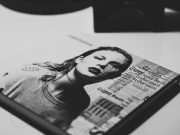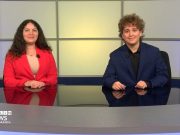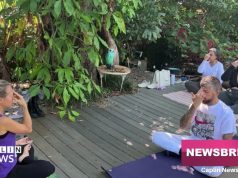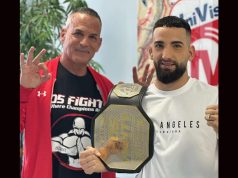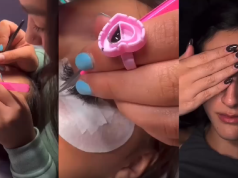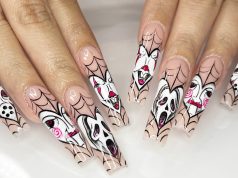Brooklyn drag queen Venus Celestina spends hours getting ready before taking the stage for a show at New Ohio Theatre in New York’s Greenwich Village.
Joe E. Jeffreys was 16 when he walked into a gay bar for the first time and saw his first drag show.
That chance encounter sparked a lifelong fascination that saw him get a doctorate in performance studies and made him an authority on the history of drag, the performance art in which men impersonate women with wigs, makeup and elaborate costumes.
Today, Jeffreys teaches a unique class called “RuPaul’s Drag Race and Its Impact” at The New School, a university in Manhattan specializing in liberal and performing arts. The course explores the history of drag and the culture of reality television.
RuPaul’s Drag Race, about to enter its 11th season, is responsible for putting drag in the spotlight of popular culture. The reality television show, hosted by world-famous drag queen RuPaul Charles, pits drag queens from around the country against each other in pageant-like events. To win, contestants must best each other in fashion shows, and lip sync dance offs.
Jeffreys, who has been chronicling New York City drag queens since 2007, wants his students to know drag isn’t all about being a reality television star.
“I want students to look at drag and female impersonation through a larger scope and a more historical lens,” says Jeffreys.
Historically, men playing women on stage was the norm. In ancient Greece, plays like Oedipus and Antigone had all-male casts. In Shakespeare’s plays, teenage boys were hired to play female roles.
While not all drag queens are gay, drag has been a form of self-expression for the gay community in the United States since the 1800s.
Drag performances in New York City go back at least to the early 1900s, when men would impersonate women and perform songs in touring shows for mostly straight audiences.
From the 1950s to the early ’70s, New Yorkers on a risqué night out might have donned evening garb and headed to Club 82 in Greenwich Village, where they could watch “femme impersonators” put on a live show with music and dancing, sometimes joining celebrities like Judy Garland, Elizabeth Taylor or Kirk Douglas.
In South Florida, the drag scene dates back to the 1930s when female impersonators entertained tourists in underground clubs. In the 1950s a queen was jailed after leaving the house in a wig because of a Miami-Dade County law preventing cross dressing. But the 1990s party scene turned Miami Beach into a haven for drag queens.
Julian Eltinge, a female impersonator and actor, was a vaudeville, stage and film star in the first decades of the 20th century, became well known enough to do a command performance for command performance for King Edward VII, and wealthy enough to afford a Southern California mansion.
But by mid-century, after government crackdowns on so-called perverts, female impersonation lost its allure and went underground.
“Drag was a dirty and disrespectful art form,” Jeffreys says to students about to watch the 1968 documentary “The Queen.”
“The Queen” tells the story of drag queen Flawless Sabrina and a 1968 drag pageant in The Town Hall, a historic New York City venue.
The film shows drag queens relaxing in their hotel rooms, practicing dance routines, shopping for costumes and prepping hair and makeup backstage. It received an “X” rating, the mark usually reserved for pornography.
“This slapped them in the face back in ’68,” Jeffreys says, because few outside of the drag world had ever seen a half-dressed man wearing eyeliner and taping his breasts together to make them look like a woman’s.
In addition to “The Queen,” Jeffreys plans to show films like “Paris is Burning,” a 1990 documentary chronicling drag pageants in Harlem at the height of the AIDS epidemic.
There would be no “RuPaul’s Drag Race” without films like these, Jeffreys says.
Jeffreys has a line-up of guest speakers planned for the class, but just like drag performances, there are always surprises. For one recent class, contestants from the upcoming season of “Drag Race” stopped by to talk with students.
“The students went bananas,” Jeffreys says. “I know classes will be taught on this subject again, but the entire cast showing up is a once in a lifetime experience.”
Nicholas Vaccaro, 20, loves drag and takes in shows at bars and clubs around the city. He took Jeffreys’ class because he wants to know what came before RuPaul’s show. By learning about drag history he hopes to better appreciate drag as an art form.
Vaccaro says the shows he sees in local bars and clubs are more realistic than what he sees on reality TV.
Bars and clubs are where the rawness of drag comes out. It’s where almost all contestants on RuPaul’s show get their start.
Though they face bad lighting and loud patrons, bar performers have more freedom than reality show contestants whose every move is on camera. At the clubs, they can sing the songs they want to sing and make the jokes they want to make, without TV’s restrictions.
“Club shows are more organic, they aren’t such a production” Vaccaro says. “They’re more fun.”
Jeffreys started documenting the drag scene after a friend gave him a video camera, which he began to take to drag shows around NYC. He says he has at least 1,500 hours of drag performances.
“You can’t name a queen in the city who I don’t have at least two minutes on film of,” he says.
Unlike the backstage pass that RuPaul’s show offers viewers, Jeffreys is more interested in what’s happening on stage.
“I never ask to go to the dressing rooms,” he says. “I’m more interested in the performance than the process.”
RuPaul’s show has opened the door for people’s interest in drag, Jeffreys says, but it also strips individuality from drag queens.
The show creates reality television stars whose personalities are the focal point of the show rather than what they do on stage.
It is what he calls the phenomena of RuPaul, in which only a certain type of drag queen can win the reality television show, one with a big personality, big hair and makeup contoured to make their masculine features look more feminine.
“You have to be big, big visually, big personality,” Jeffreys says. “It doesn’t hurt to be funny, but you don’t necessarily need to have talent,” Jeffreys says.
But, Jeffreys says there are plenty of queens who don’t want the reality TV star lifestyle and stick to performing at a network of bars around the city that present drag shows.
“RuPaul’s is the golden ticket,” Jeffreys says. “But a lot of people don’t want to live in an airport doing worldwide tours.”
Gerard Albert III is a reporter in the Caplin News’s New York City Bureau.
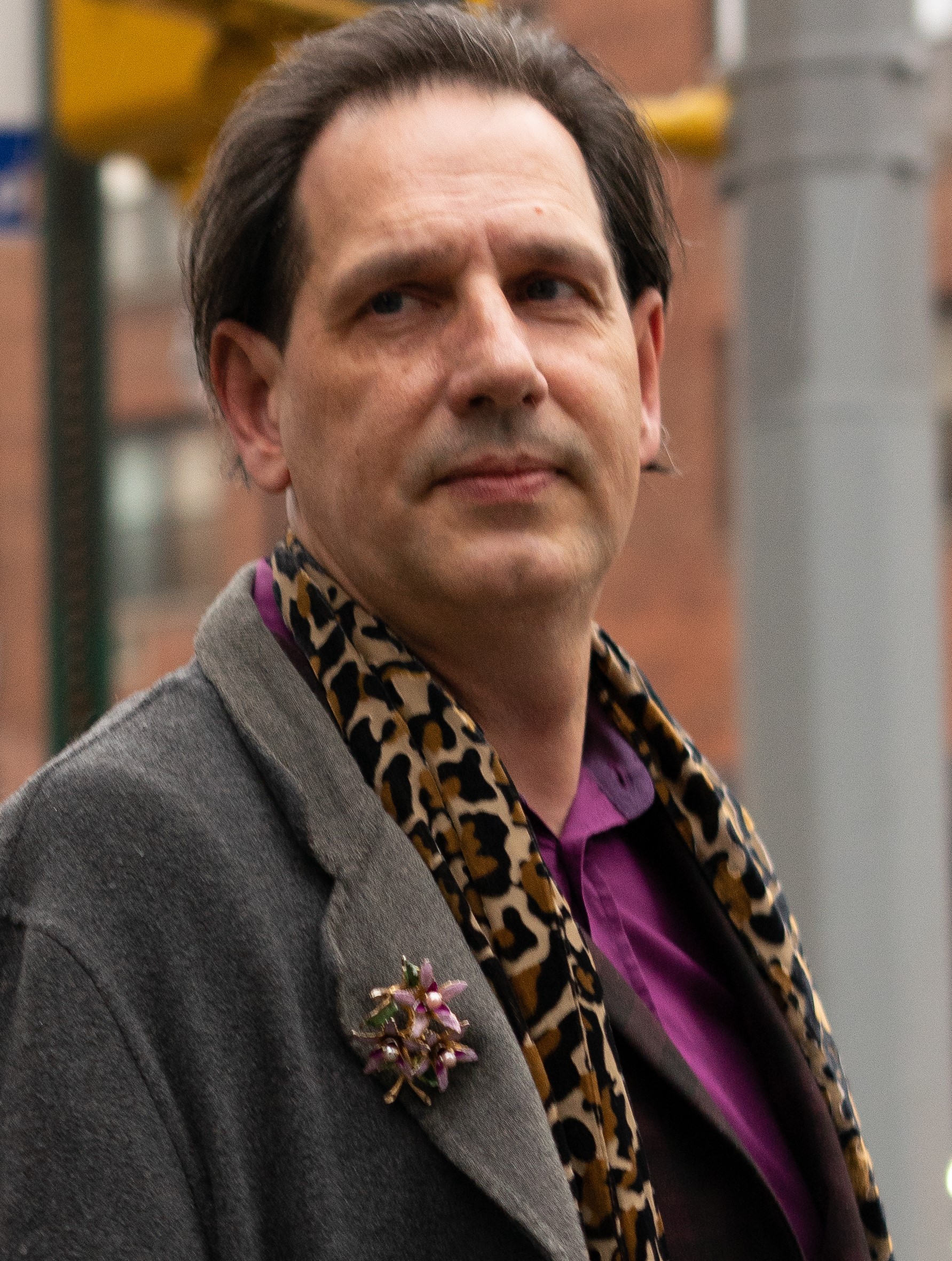
Photo by: Gerard Albert III























